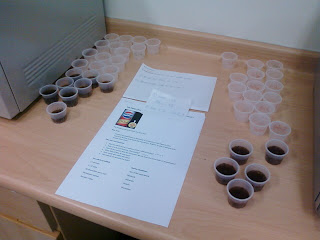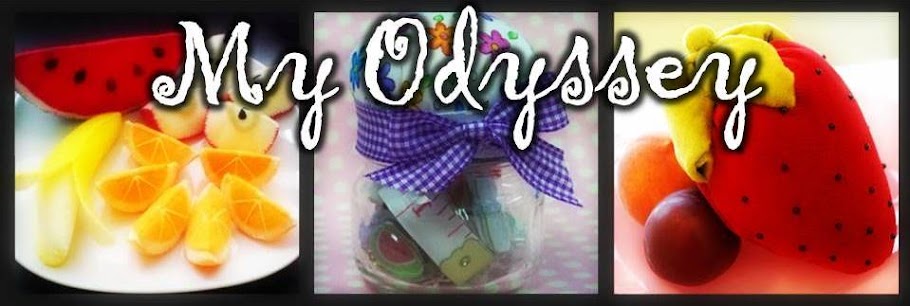Saturday, September 25, 2010
24th September 2010
23rd September 2010

 From our results...
From our results...| | Coke | Pepsi |
| Preference before tasting | 22 | 6 |
| Random Number Code | 513 | 344 |
| Preference after tasting | 19 | 9 |
Monday, September 20, 2010
20th September 2010

| a | 0.3cm from the edge of fabric |
| b | 1.0 cm from the edge of fabric |
| c | 1.5 cm from the edge of fabric |
| d | Basting stitch (Tension: 3 – 4 mm) |
| e | Normal common stitch (Tension: 2 – 2.5 mm) |
| f | Zigzag stitch 1 ( Length: 1.5mm and Width: 1.5mm) |
| g | Zigzag stitch 2 ( Length: 3mm and Width: 2mm) |
| h | Zigzag stitch 3 ( Length: 4mm and Width: 6mm) |

| i | Topstitch |
Topstitching is often used in decorative, precise garment edges, such as hemlines and necklines. Giving the final product a neat border, topstitching helps provide an orderly outward appearance, with fixed stitching. Normally, a topstitch is used in making tailored garments or accessories, such as shoes and belts. Straight stitches are used to create topstitching. These are usually made using a shade of thread that either matches or is slightly darker than the fabric of the project. To use topstitching in a decorative manner, a fancier thread or specialized stitch may be used. When learning how to topstitch, it is recommended to be mindful of every stitch. As a decorative stitch, it is completely visible on the final product, and errors typically cannot be hidden. Each stitch should be equidistant from the seam as well as from each other to create a crisp look.
Thursday, September 16, 2010
16th September 2010
Wednesday, September 15, 2010
15th September 2010




10th September 2010
9th September 2010
8th September 2010
7th September 2010, Continuation..again :)



